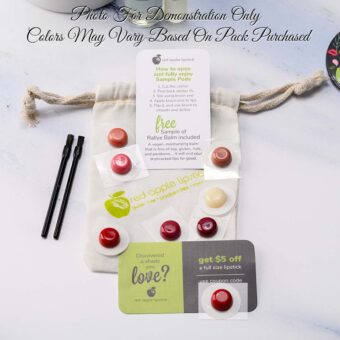Below this video is an image of the color wheel Andrea discusses. Below that, are the specific shades recommended for each eye color.
Choosing eyeshadow shades is perplexing and overwhelming. In this video Andrea discusses some super simple methods to choosing the appropriate shades for YOUR eye color.
Brown Eyes – Monochromatic Look
*Makes Brown Eyes Look Like A Rich Brown: Use brown eyeshadows that don’t match your eye color but are darker and/or lighter than your iris
Brown Eyes – For mahogany highlights
Brown Eyes – Enhance the gold highlights
Blue Eyes – Monochromatic Look
*Makes Blue Eyes Look Bluer: use blue eyeshadows that don’t match your eye color exactly. Go darker or lighter to complement the eyes.
Blue Eyes – Complement with Coppery Browns or Oranges (this makes blue eyes POP)
Green Eyes – Monochromatic Look
(Use Green eyeshadows that don’t exactly match your eye color but are darker and/or lighter than your eyes)
Green Eyes – Complementary Look
(Shades on the opposite side of the color wheel. In this case, reds and violet hues.)
Hazel Eyes – To highlight the gold in your eye
(Shades on the opposite side of the color wheel. In this case, violet, purple shades.)
Hazel Eyes – To highlight the blue in your eye
(Shades on the opposite side of the color wheel. In this case, orange/coppery shades.)
Hazel Eyes – To highlight the green in your eye
(Shades on the opposite side of the color wheel. In this case, reddish purple shades.)
Grey Eyes – Monochromatic Look
*Make Grey eyes look Greyer: Use Grey eyeshadows that don’t exactly match your eye color but are darker and/or lighter than your eyes
Grey Eyes – To enhance the green in your eye
(Shades on the opposite side of the color wheel. In this case, reddish purple shades.)
Grey Eyes – To enhance the blue in your eye
(Shades on the opposite side of the color wheel. In this case, organ coppery shades.)
Shop By Eye Color
Choose with confidence. Curated for you.








































